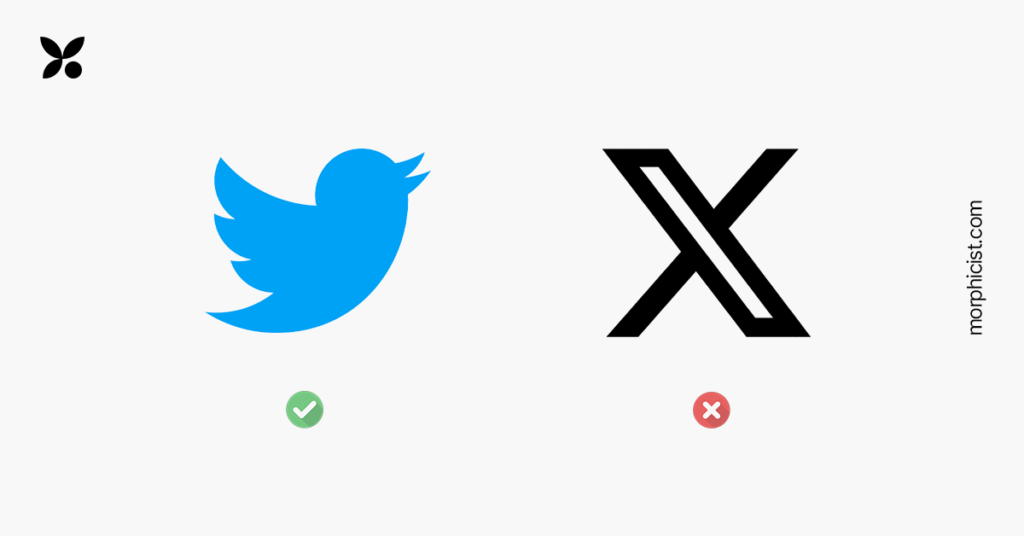Why Your Business Website Needs a Conversion Strategy, Not Just a Pretty Design

Introduction: Beyond Looks – Why Strategy Matters
Many business owners focus heavily on the design of their website, often prioritizing visuals over functionality. While aesthetics are important, a website without a conversion strategy is like a store with an attractive window but no clear path to purchase. In today’s digital-first world, your website isn’t just a brand asset—it’s a sales and marketing engine.
A conversion-driven website ensures that visitors don’t just look—they act. Whether your goal is to generate leads, sell products, or increase newsletter subscriptions, your website should guide users naturally toward taking action.
What Makes a Website Conversion-Focused?
A website optimized for conversions is designed with user experience (UX), psychology, and business goals in mind. Here are key elements that make a difference:
- Clear Value Proposition: Immediately communicate what sets your business apart. Visitors should know within seconds why your brand matters.
- Compelling, Benefit-Driven Copy: Speak to the user’s needs instead of using generic business jargon.
- Strategic Calls-to-Action (CTAs): Place CTAs where users are most likely to take action without feeling overwhelmed.
- Intuitive Navigation: Reduce friction by making it easy for visitors to find information.
- Trust Elements: Include testimonials, reviews, certifications, and case studies to build credibility.
- Fast Page Load Speeds: Slow websites kill conversions. Optimized speed keeps users engaged and lowers bounce rates.
By combining these elements, your website becomes more than a digital presence—it turns into a reliable lead-generation and sales tool.
Why Conversion Strategy Matters for eCommerce Websites
For eCommerce businesses, the stakes are even higher. Customers expect a seamless, intuitive experience from landing on a product page to completing checkout. Even minor UX mistakes can lead to abandoned carts, lost revenue, and missed growth opportunities.
A conversion-focused eCommerce website ensures:
- Faster checkout and simplified purchase process
- Clear product descriptions, images, and pricing
- Upselling and cross-selling opportunities
- Mobile optimization for smartphone users
- Integration with analytics to track behavior and improve performance
In short, a website that looks good but isn’t designed to convert is leaving money on the table. And in competitive markets, that gap can make or break your business.
How to Build a High-Converting Business Website
Building a conversion-driven website isn’t about guessing—it’s about strategy, design, and testing. Some best practices include:
- Mapping the user journey from first click to final action
- Designing visually appealing pages that guide attention naturally
- Using analytics to track performance and continuously optimize
- Creating responsive, mobile-friendly designs for all devices
- Integrating SEO and speed optimization to increase organic traffic
When all of these elements work together, your website not only attracts visitors but also encourages them to take meaningful action.
Conclusion: Don’t Settle for a Pretty Website
A visually attractive website may impress visitors briefly, but a conversion-focused website drives real business results. Whether you’re running a small business or a full-scale eCommerce store, your website should be an engine for growth, not just a digital brochure.
If you want a professional business or eCommerce website that looks stunning and converts effectively, Morphicist can design and build it for you. We combine strategy, UX, and modern design to create websites that not only impress but deliver measurable results.

